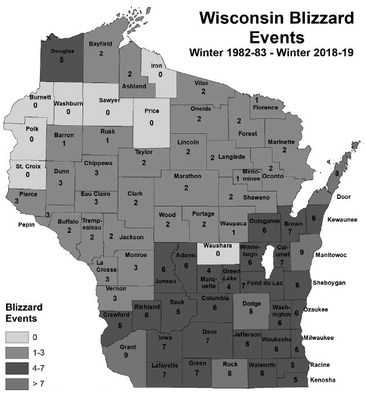What to do in case of accident in winter weather


In the last five years, Wisconsin has averaged 18,000 motor vehicle crashes during the winter months, when roads are covered with ice, snow or slush. Also in the last five years, ...


In the last five years, Wisconsin has averaged 18,000 motor vehicle crashes during the winter months, when roads are covered with ice, snow or slush. Also in the last five years, ...